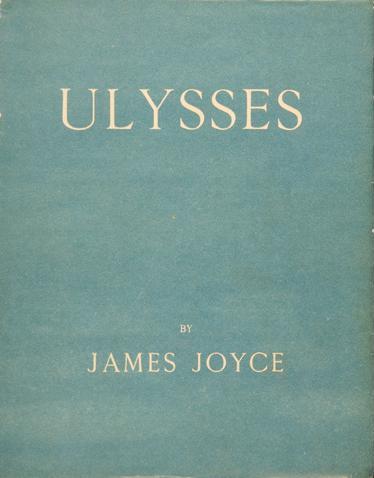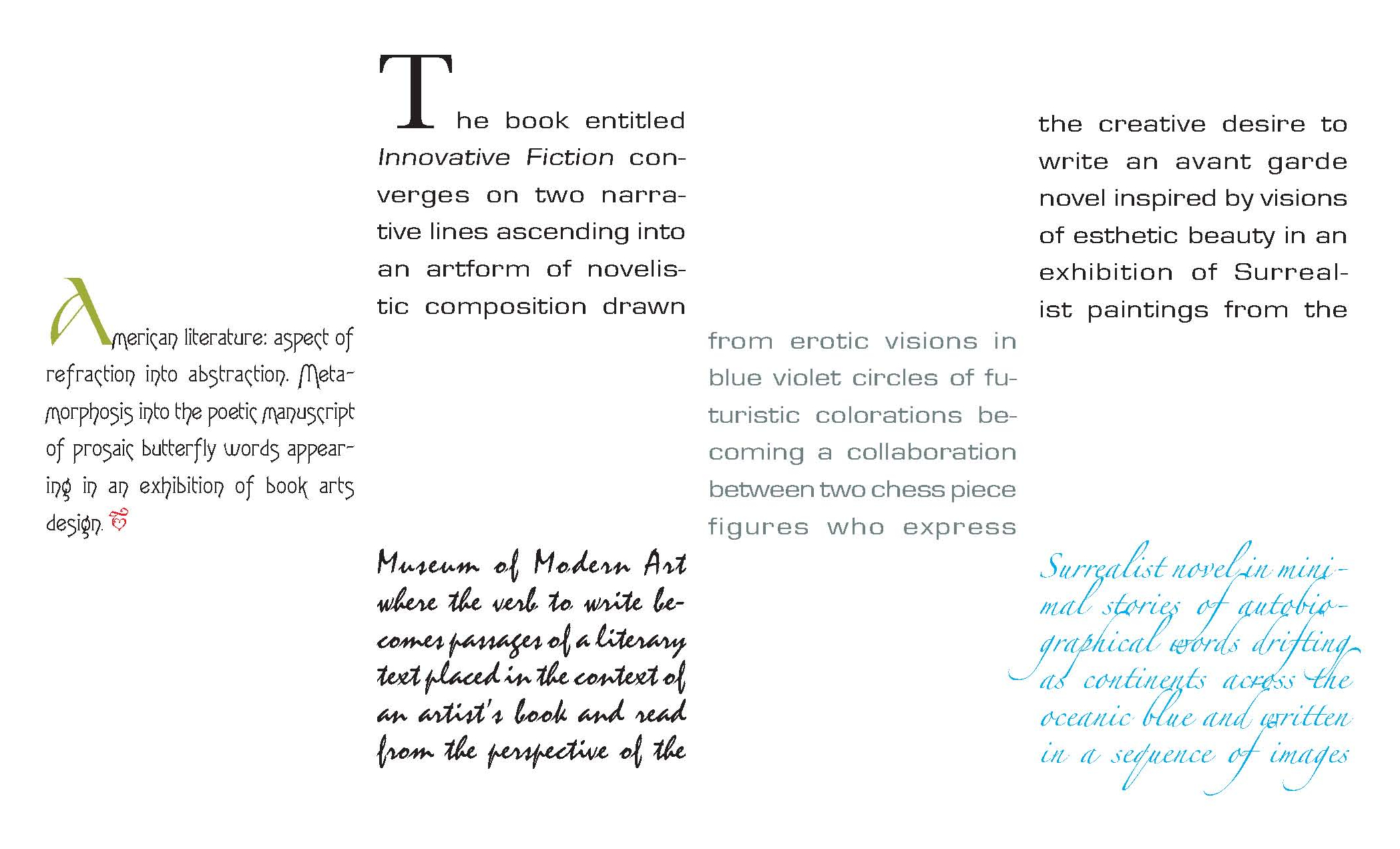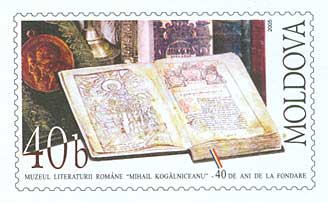|
Mircea Nedelciu
Mircea Nedelciu (; November 12, 1950 – July 12, 1999) was a Romanian short-story writer, novelist, essayist and literary critic, one of the leading exponents of the '' Optzeciști'' generation in Romanian letters. The author of experimental prose, mixing elements of conventional narratives with autofiction, textuality, intertextuality and, in some cases, fantasy, he placed his work at the meeting point between Postmodernism and a minimalist form of Neorealism. This approach is illustrated by his volumes of stories and his novels ''Zmeura de cîmpie'' ("Raspberry of the Field"), ''Tratament fabulatoriu'' ("Confambulatory Treatment"), and by ''Femeia în roșu'' ("The Woman in Red"), a collaborative fiction piece written together with and . A follower of trends in avant-garde literature of the 1960s and 1970s, Nedelciu co-founded the literary circle ''Noii'' ("The New Ones") with Gheorghe Crăciun, , , , , Emil Paraschivoiu, and . His integration as an authoritative voice ... [...More Info...] [...Related Items...] OR: [Wikipedia] [Google] [Baidu] |
:Template:Infobox Writer/doc
Infobox writer may be used to summarize information about a person who is a writer/author (includes screenwriters). If the writer-specific fields here are not needed, consider using the more general ; other infoboxes there can be found in :People and person infobox templates. This template may also be used as a module (or sub-template) of ; see WikiProject Infoboxes/embed for guidance on such usage. Syntax The infobox may be added by pasting the template as shown below into an article. All fields are optional. Any unused parameter names can be left blank or omitted. Parameters Please remove any parameters from an article's infobox that are unlikely to be used. All parameters are optional. Unless otherwise specified, if a parameter has multiple values, they should be comma-separated using the template: : which produces: : , language= If any of the individual values contain commas already, add to use semi-colons as separators: : which produces: : , ps ... [...More Info...] [...Related Items...] OR: [Wikipedia] [Google] [Baidu] |
Metafiction
Metafiction is a form of fiction which emphasises its own narrative structure in a way that continually reminds the audience that they are reading or viewing a fictional work. Metafiction is self-conscious about language, literary form, and story-telling, and works of metafiction directly or indirectly draw attention to their status as artifacts. Metafiction is frequently used as a form of parody or a tool to undermine literary conventions and explore the relationship between literature and reality, life, and art. Although metafiction is most commonly associated with postmodern literature that developed in the mid-20th century, its use can be traced back to much earlier works of fiction, such as ''The Canterbury Tales'' (Geoffrey Chaucer, 1387), ''Don Quixote'' (Miguel de Cervantes, 1605), ''The Life and Opinions of Tristram Shandy, Gentleman'' (Laurence Sterne, 1759), and '' Vanity Fair'' (William Makepeace Thackeray, 1847). Metafiction became particularly prominent in the 1960 ... [...More Info...] [...Related Items...] OR: [Wikipedia] [Google] [Baidu] |
Gheorghe Crăciun
Gheorghe Crăciun (8 May 1950, Zărnești – 30 January 2007, Constanța) was a Romanian writer and translator. Crăciun was born in Tohanu Vechi, now part of Zărnești, Brașov County. In addition to being a novelist and a translator, he was also a literary theorist. He graduated from High School in Sighișoara, and later studied at the Philology Department of the University of Bucharest. From 1990 he taught at the Department of Literature at Braşov University. In 2002 he received a doctorate in literature from Bucharest University for his thesis on ''Transitivity in Modernist and Post-Modernist Romanian Poetry''. He is considered an important author among Romanian literary figures from the 1980s. An article in English explaining the concept of generation in Romanian contemporary literature Bibliography Romanian novels *' ...[...More Info...] [...Related Items...] OR: [Wikipedia] [Google] [Baidu] |
Avant-garde
The avant-garde (; In 'advance guard' or ' vanguard', literally 'fore-guard') is a person or work that is experimental, radical, or unorthodox with respect to art, culture, or society.John Picchione, The New Avant-garde in Italy: Theoretical Debate and Poetic Practices' (Toronto: University of Toronto Press, 2004), p. 64 . It is frequently characterized by aesthetic innovation and initial unacceptability.Kostelanetz, Richard, ''A Dictionary of the Avant-Gardes'', Routledge, May 13, 2013 The avant-garde pushes the boundaries of what is accepted as the norm or the '' [...More Info...] [...Related Items...] OR: [Wikipedia] [Google] [Baidu] |
Intertextuality
Intertextuality is the shaping of a text's meaning by another text, either through deliberate compositional strategies such as quotation, allusion, calque, plagiarism, translation, pastiche or parody,Gerard Genette (1997) ''Paratexts'p.18/ref>Hallo, William W. (2010) ''The World's Oldest Literature: Studies in Sumerian Belles-Lettres'p.608/ref>Cancogni, Annapaola (1985''The Mirage in the Mirror: Nabokov's Ada and Its French Pre-Texts''pp.203-213 or by interconnections between similar or related works perceived by an audience or reader of the text. These references are sometimes made deliberately and depend on a reader's prior knowledge and understanding of the referent, but the effect of intertextuality is not always intentional and is sometimes inadvertent. Often associated with strategies employed by writers working in imaginative registers (fiction, poetry, and drama and even non-written texts like performance art and digital media), intertextuality is now understood to be i ... [...More Info...] [...Related Items...] OR: [Wikipedia] [Google] [Baidu] |
Textuality
In literary theory, textuality comprises all of the attributes that distinguish the communicative content under analysis as an object of study. It is associated with structuralism and post-structuralism. Explanation Textuality is not just about the written word; it also comprises the placement of the words and the reader’s interpretation. There is not a set formula to describe a text’s textuality; it is not a simple procedure. This summary is true even though the interpretation that a reader develops from that text may decide the identity and the definitive meanings of that text. Textuality, as a literary theory, is that which constitutes a text in a particular way. The text is an undecidable (there is an inexistence of an effective or "strict" method of writing or structure). Aspects Being textual includes innumerable elements and aspects. Each and every form of text and text in that form of literature embraces and consists of its own individual and personal characteristic ... [...More Info...] [...Related Items...] OR: [Wikipedia] [Google] [Baidu] |
Experimental Literature
Experimental literature is a genre that is, according to Warren Motte in his essa"Experimental Writing, Experimental Reading" "difficult to define with any sort of precision." He says the "writing is often invoked in an "offhand manner" and the focus is on "form rather than content." It can be in written form of prose narrative or poetry, but the text may be set on the page in differing configurations than that of normal prose paragraphs or in the classical stanza form of verse. It may also be entwined with images of a real or abstract nature, with the use of art or photography. Furthermore, while experimental literature was traditionally handwritten on paper or vellum, the digital age has seen an exponential leaning to the use of digital computer technologies. Early history The first text generally cited in this category is Laurence Sterne's ''The Life and Opinions of Tristram Shandy, Gentleman'' (1759). This text occurs so early in the standard history of the novel that one ... [...More Info...] [...Related Items...] OR: [Wikipedia] [Google] [Baidu] |
Literature Of Romania
Romanian literature () is literature written by Romanian authors, although the term may also be used to refer to all literature written in the Romanian language. History The development of the Romanian literature took place in parallel with that of a rich Romanian folklore - lyric, epic, dramatic and didactic - which continued in modern times. The Romanian oral literature includes doine (lyric songs), ''balade'' (ballads), hore (dance songs), colinde (carols), ''basme'' (fairy tales), ''snoave'' ( anecdotes), ''vorbe'' (proverbs), and ''ghicitoare'' (riddles). Beginnings The earliest surviving document in Romanian is Neacșu's Letter written in 1521, to the ''jude'' ("judge and mayor") of Brașov, Hans Benkner. Romanian culture was heavily influenced by the Eastern Orthodox Church, the official stance of the Romanian Church being that Orthodoxy was brought to the Romanian land by the Apostle Andrew. According to some modern Romanian scholars, the idea of early Christianisatio ... [...More Info...] [...Related Items...] OR: [Wikipedia] [Google] [Baidu] |
University Of Bucharest
The University of Bucharest ( ro, Universitatea din București), commonly known after its abbreviation UB in Romania, is a public university founded in its current form on by a decree of Prince Alexandru Ioan Cuza to convert the former Princely Academy into the current University of Bucharest, making one of the oldest modern Romanian universities. It is one of the five members of the ''Universitaria Consortium'' (the group of elite Romanian universities). The University of Bucharest offers study programmes in Romanian and English and is classified as an ''advanced research and education university'' by the Ministry of Education. In the 2012 QS World University Rankings, it was included in the top 700 universities of the world, together with three other Romanian universities. History The University of Bucharest was founded by the Decree no. 765 of 4 July 1864 by Alexandru Ioan Cuza and is a leading academic centre and a significant point of reference in society. The Unive ... [...More Info...] [...Related Items...] OR: [Wikipedia] [Google] [Baidu] |
Minimalism
In visual arts, music and other media, minimalism is an art movement that began in post–World War II in Western art, most strongly with American visual arts in the 1960s and early 1970s. Prominent artists associated with minimalism include Donald Judd, Agnes Martin, Dan Flavin, Carl Andre, Robert Morris, Anne Truitt and Frank Stella. The movement is often interpreted as a reaction against abstract expressionism and modernism; it anticipated contemporary postminimal art practices, which extend or reflect on minimalism's original objectives. Minimalism in music often features repetition and gradual variation, such as the works of La Monte Young, Terry Riley, Steve Reich, Philip Glass, Julius Eastman and John Adams. The term ''minimalist'' often colloquially refers to anything or anyone that is spare or stripped to its essentials. It has accordingly been used to describe the plays and novels of Samuel Beckett, the films of Robert Bresson, the stories of Raymond Carver, an ... [...More Info...] [...Related Items...] OR: [Wikipedia] [Google] [Baidu] |
Neorealism (art)
In art, neorealism refers to a few movements. In literature Portuguese neorealism was a Marxist literary movement that began slightly before Salazar's reign. It was mostly in line with socialist realism. In painting Neo-realism in painting was established by the ex-Camden Town Group painters Charles Ginner and Harold Gilman at the beginning of World War I. They set out to explore the spirit of their age through the shapes and colours of daily life. Their intentions were proclaimed in Ginner’s manifesto in ''New Age'' (1 January 1914), which was also used as the preface to Gilman and Ginner’s two-man exhibition of that year. It attacked the academic and warned against the ‘decorative’ aspect of imitators of Post-Impressionism. The best examples of neorealist work is that produced by these two artists; Howard Kanovitz and also Robert Bevan. For Robert Bevan he joined Cumberland Market Group in 1914. Artists * Howard Kanovitz - Vernissage, 1967 - Cologne, Museum Ludwig ... [...More Info...] [...Related Items...] OR: [Wikipedia] [Google] [Baidu] |
Postmodern Literature
Postmodern literature is a form of literature that is characterized by the use of metafiction, unreliable narration, self-reflexivity, intertextuality, and which often thematizes both historical and political issues. This style of experimental literature emerged strongly in the United States in the 1960s through the writings of authors such as Kurt Vonnegut, Thomas Pynchon, William Gaddis, Philip K. Dick, Kathy Acker, and John Barth. Postmodernists often challenge authorities, which has been seen as a symptom of the fact that this style of literature first emerged in the context of political tendencies in the 1960s.Linda Hutcheon (1988) ''A Poetics of Postmodernism.'' London: Routledge, pp. 202-203. This inspiration is, among other things, seen through how postmodern literature is highly self-reflexive about the political issues it speaks to. Precursors to postmodern literature include Miguel de Cervantes’ ''Don Quixote'' (1605–1615), Laurence Sterne’s ''Tristram Shandy' ... [...More Info...] [...Related Items...] OR: [Wikipedia] [Google] [Baidu] |






